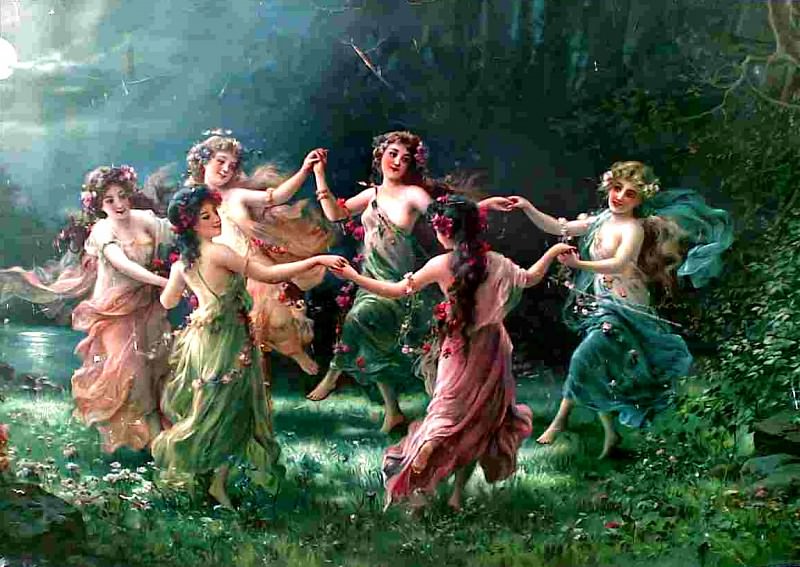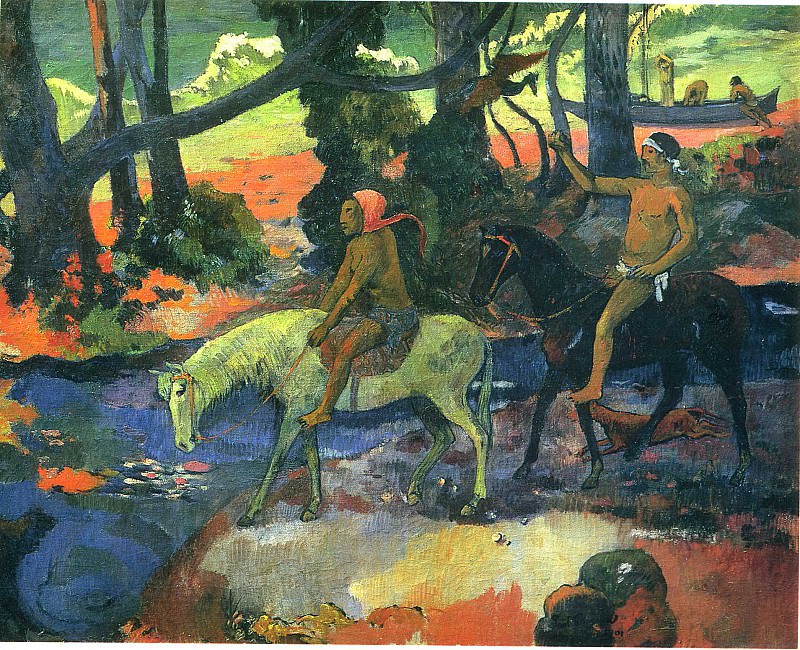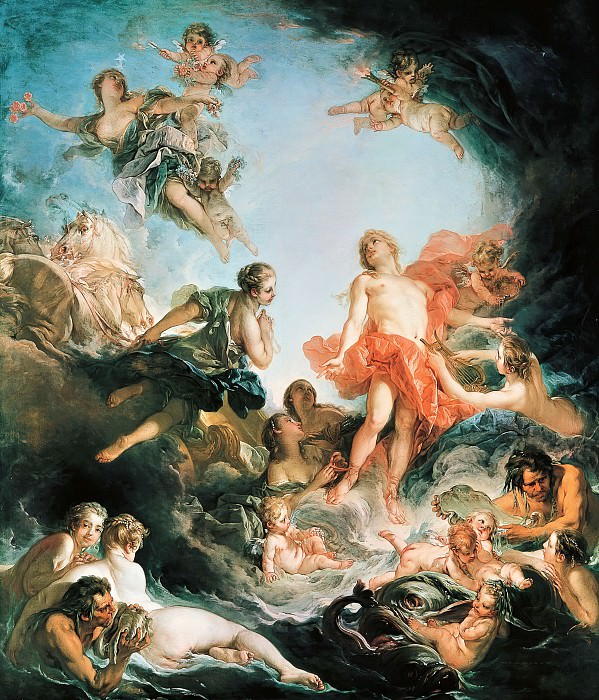Jasper Johns: An Artistic Innovator
Jasper Johns stands as one of the most influential figures in contemporary art, known for his groundbreaking approach and innovative techniques. Born on May 15, 1930, in Augusta, Georgia, Johns emerged as a pivotal artist whose work profoundly impacted the art world. His career, spanning several decades, has seen him explore and challenge the boundaries of art, making him a central figure in movements such as Abstract Expressionism and Pop Art. His art is characterized by a unique blend of abstraction and symbolism, often incorporating everyday objects and symbols into his compositions.
Johns's early works are marked by a fascination with symbols and signs, most famously his use of the American flag. His iconic "Flag" series, created in the 1950s, redefined the use of familiar imagery in art. By presenting the flag, a symbol of national identity and patriotism, in an abstract and unconventional manner, Johns invited viewers to reconsider their perceptions of both the flag and the nature of art itself. This approach was not merely a statement about American identity but a broader commentary on the role of symbols in art and society.
Johns's technique involved the use of encaustic, a method where pigment is mixed with melted wax. This process adds a tactile dimension to his work, giving it a distinctive texture and depth. His innovative use of materials and techniques set him apart from his contemporaries and contributed to his reputation as a pioneering artist. In addition to encaustic, Johns frequently employed techniques such as collage and assemblage, further expanding his artistic repertoire and pushing the boundaries of traditional art forms.
The "Target" series is another notable example of Johns's ability to transform ordinary objects into compelling works of art. By using targets, Johns created a series that explores themes of perception, focus, and the nature of art itself. The targets, which might initially seem simplistic, become a means for Johns to delve into complex ideas about visual experience and representation. His use of everyday imagery challenges viewers to find deeper meaning in the mundane, elevating ordinary symbols to the realm of high art.
Throughout his career, Johns has also explored themes of memory and identity. His "Paintings with Text" series, for example, incorporates textual elements into his artwork, creating a dialogue between image and language. This series reflects Johns's interest in the interplay between words and visuals, emphasizing the role of language in shaping our understanding of art and the world around us. By integrating text into his paintings, Johns highlights the ways in which meaning is constructed and deconstructed in the art-making process.
Johns's impact extends beyond his individual works. He has been a significant influence on a wide range of artists and movements. His approach to art-making has inspired numerous contemporary artists who have embraced his techniques and themes in their own work. Additionally, Johns's role in the development of movements such as Minimalism and Conceptual Art underscores his lasting influence on the art world. His ability to blend abstraction with everyday symbols and objects has paved the way for new forms of artistic expression and has left an indelible mark on the evolution of modern art.
In the realm of art institutions and exhibitions, Johns's work has been extensively celebrated and studied. Major museums and galleries around the world have showcased his art, providing audiences with the opportunity to engage with his innovative approach and diverse body of work. Exhibitions of Johns's art often highlight the evolution of his career and the ways in which his work continues to resonate with contemporary audiences. Through these exhibitions, Johns's contributions to art are recognized and appreciated, ensuring that his legacy endures.
Johns's influence is also evident in the academic study of art. Scholars and critics have extensively analyzed his work, exploring its themes, techniques, and impact on the art world. This scholarly attention reflects the significance of Johns's contributions and the ongoing relevance of his art in contemporary discussions about aesthetics, symbolism, and artistic innovation. Through academic research, Johns's work is examined in relation to broader artistic movements and cultural contexts, further enhancing our understanding of his place in art history.
Despite the many accolades and recognition he has received, Johns remains a profoundly modest figure. His focus has always been on his art rather than on personal fame or recognition. This humility, combined with his artistic genius, has endeared him to both critics and audiences alike. Johns's ability to challenge conventions and push artistic boundaries while maintaining a deep sense of integrity is a testament to his enduring influence and importance in the art world.
In conclusion, Jasper Johns's contributions to contemporary art are both profound and far-reaching. His innovative techniques, exploration of symbols, and engagement with themes of memory and identity have established him as a central figure in modern art. Through his pioneering work, Johns has redefined the possibilities of artistic expression and has left an indelible mark on the evolution of contemporary art. His legacy continues to inspire and influence artists and art lovers around the world, ensuring that his impact on the art world will be felt for generations to come.















